A 7-magnitude earthquake that rattled the main Luzon island in the Philippines on Wednesday morning killed at least four people and injured some 60 others, Interior and Local Government Secretary Benhur Abalos said.
In a report to Philippine President Ferdinand Romualdez Marcos, Abalos said that two of the deaths were from Benguet, one from Abra and one from the Mountain Province. He added that many of the injured were from Abra province.
Abalos said the earthquake triggered nearly 60 landslides and made highways and roads impossible in the northern Philippine region. At least three bridges in Abra province, the quake's epicenter, were damaged.
He added the quake affected three northern Philippine regions, including 15 provinces, 15 cities, 218 municipalities, and 6,756 villages.
"There are road closures in some parts of Abra, power interruptions in Abra and Benguet, intermittent communication lines in Region 1, landslides in the Cordillera Administrative Region, and minor damages in other regions," Abalos said.
The National Disaster Risk Reduction and Management Council (NDRRMC) confirmed the death of one person in Benguet province in the northern Philippines. Governor of Abra province Jocelyn Bernos said a 25-year-old male was also killed after he was pinned by a concrete slab in Bangued town.
The Philippine Institute of Volcanology and Seismology (PHIVOLCS) said a 7-magnitude earthquake rattled Abra province in the northern Philippines at 8:43 a.m. local time (0043 GMT). The institute said the epicenter is located at Tayum town, with a depth of 17 km.
The tremor was felt in many areas on the main Luzon Island, including Metro Manila, where high-rise buildings swayed and train transport suspended operation. It was also felt in many provinces, including Ilocos Sur, Pangasinan, Nueva Vizcaya, Bulacan, Laguna and Cavite.
As of 1:00 p.m. local time (0500 GMT), the institute has recorded at least 120 aftershocks in the northern region.
In the capital region, panicked employees in offices, including the presidential palace, ran out of the buildings.
Mayor of La Paz town in Abra province Joseph Bernos said the quake damaged many concrete houses, buildings and infrastructure in the province. "I received reports that there were massive damages in our province," he told a radio interview, adding that some buildings at the University of Abra were also damaged.
The tremor also caused damages to the century-old structures in Vigan City, in Ilocos Sur province, a tourist destination known for its preserved Spanish colonial and Asian architecture on the west coast of Luzon island.
A local disaster official of Baguio City, also in the northern Philippines, said Kennon Road, a major road connecting the city and Manila, was closed while the damage was being assessed.
Philippine President Marcos told a news conference that he will postpone his visit to the devastated region for Thursday. Marcos has sent Social Welfare Secretary Erwin Tulfo to the quake-hit region to attend to the victims.
PHIVOLCS chief Renato Solidum warned the tectonic quake would trigger aftershocks and could cause damage such as landslides. He urged the people and the local government officials to be vigilant.
"Make sure to inspect the buildings for cracks and watch out for landslides, especially when it rains," he told a news conference, urging villagers to leave areas prone to landslides.
Chinese Ambassador to the Philippines Huang Xilian said China is ready to help Filipinos in the affected areas. "We are ready to extend helping hands to the Philippine side for disaster relief," he said in a statement.
The Philippines has frequent seismic activity due to its location along the Pacific "Ring of Fire."
On July 16, 1990, northern Luzon was shaken by a 7.8-magnitude earthquake that caused a 125-km-long ground rupture that stretched from Aurora province to Nueva Vizcaya, killing around 1,200 people and damaged scores of buildings and houses.










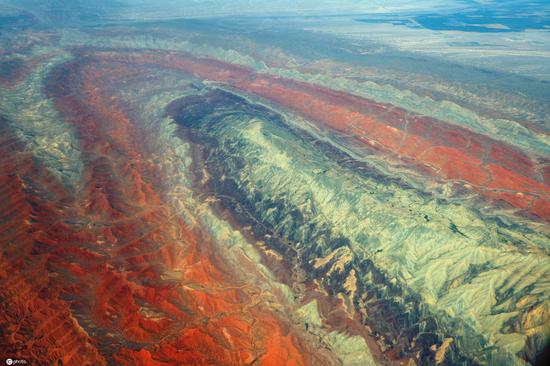
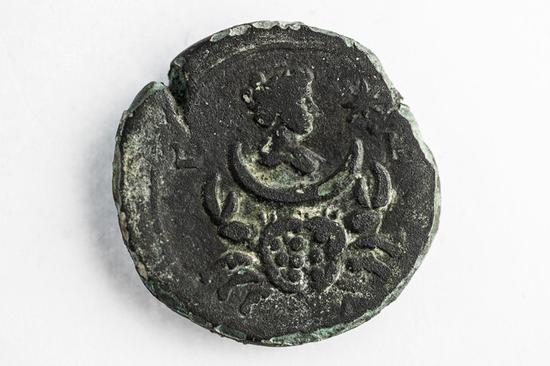

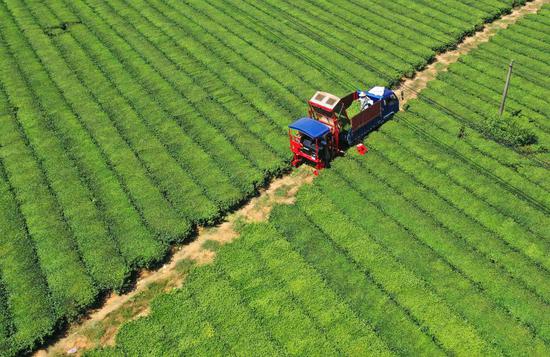












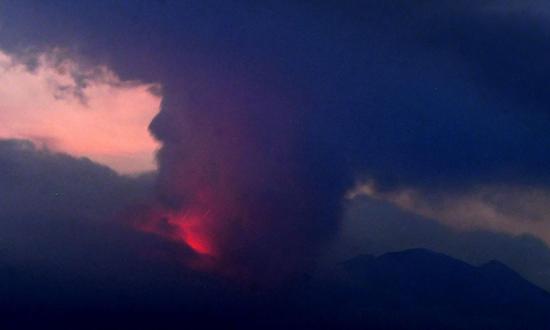
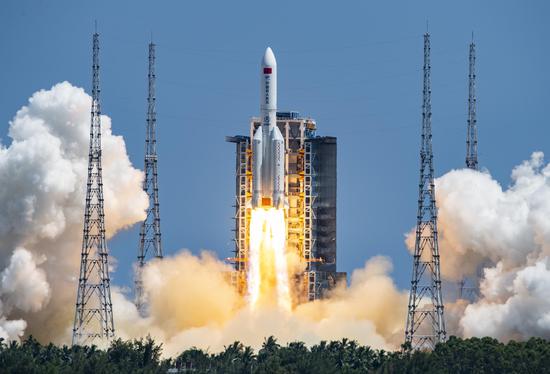
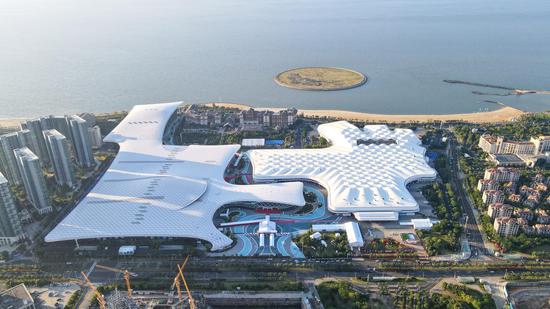
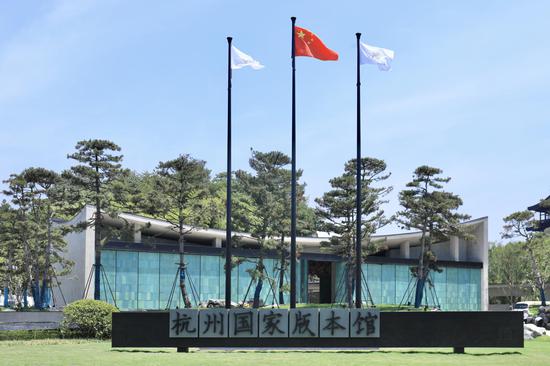

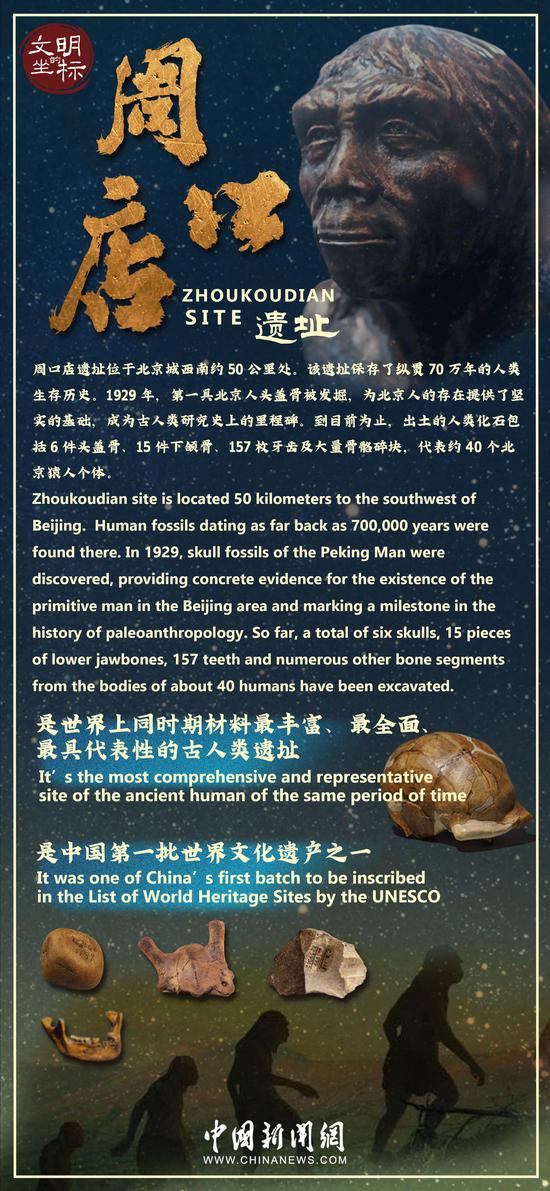
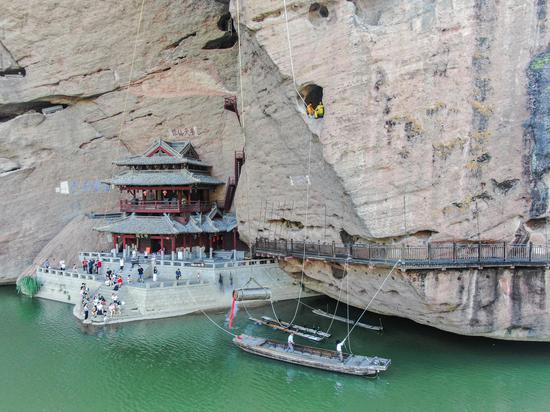

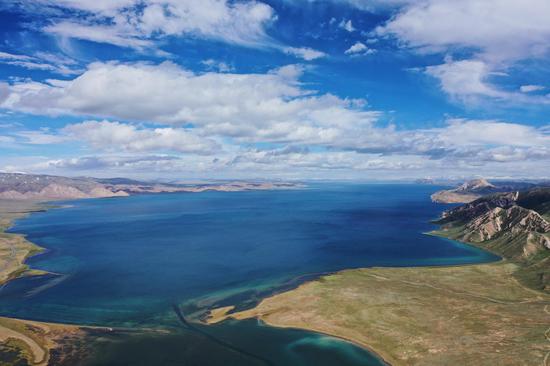
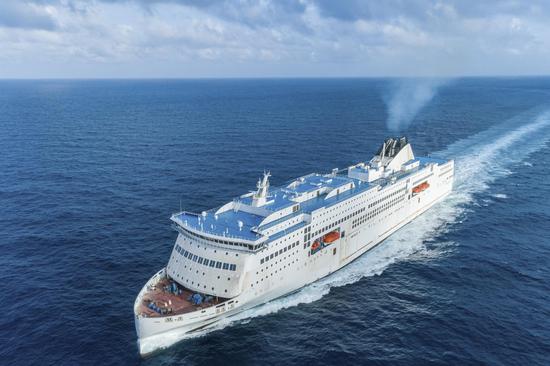
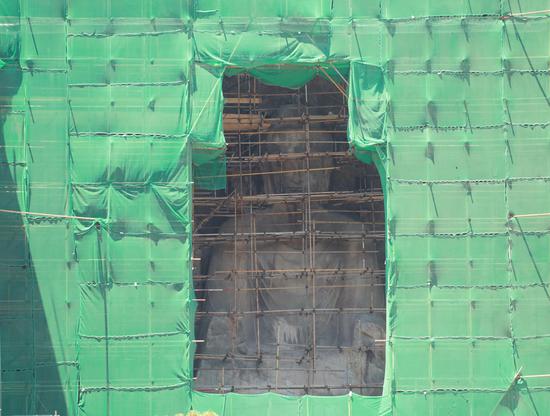


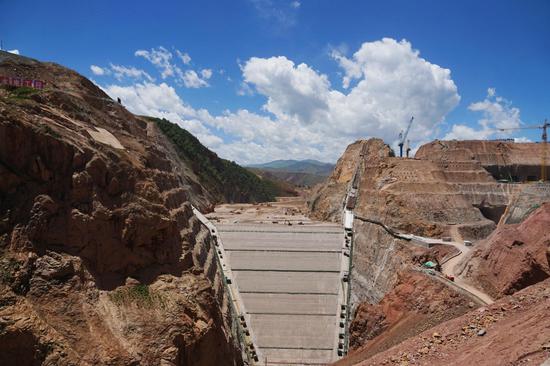










 京公网安备 11010202009201号
京公网安备 11010202009201号